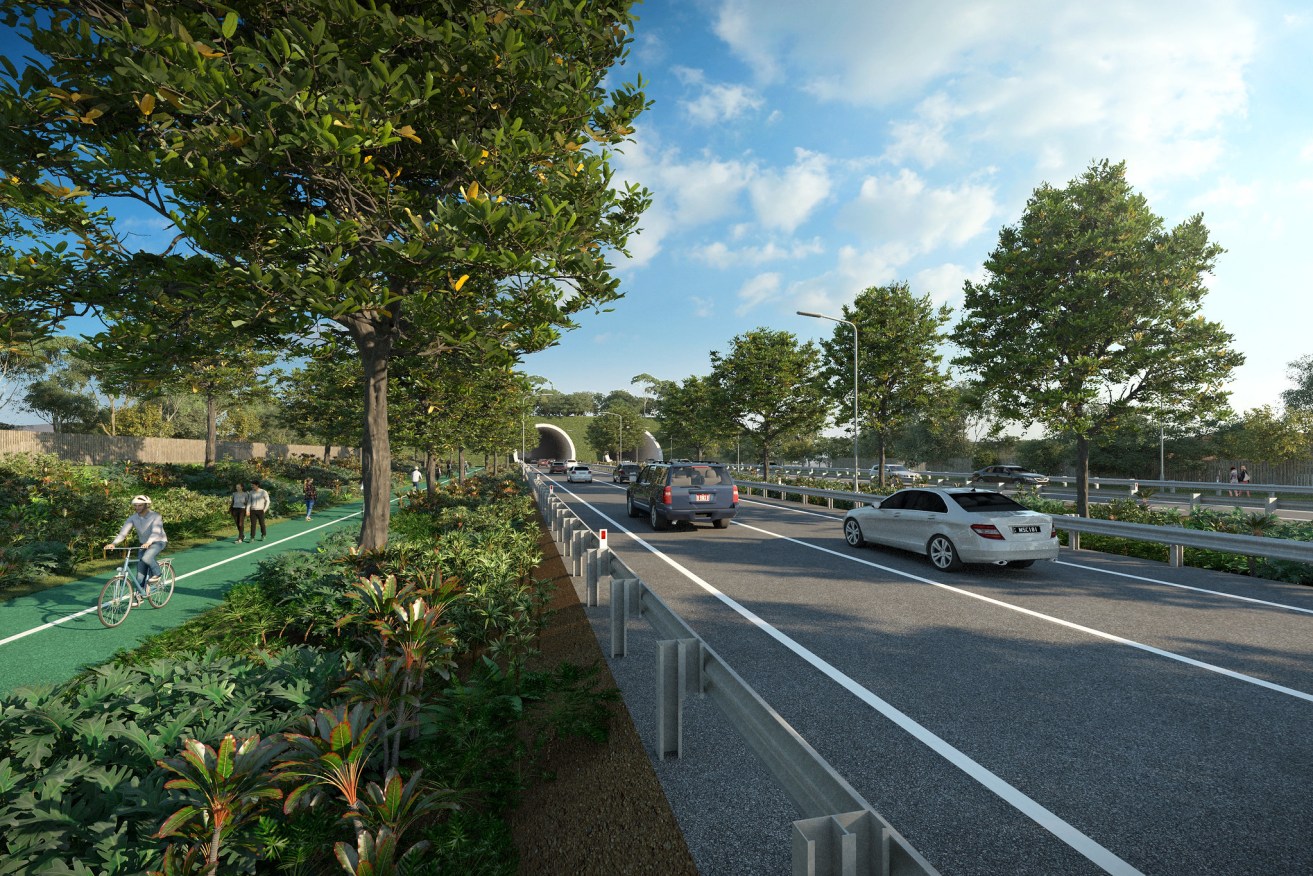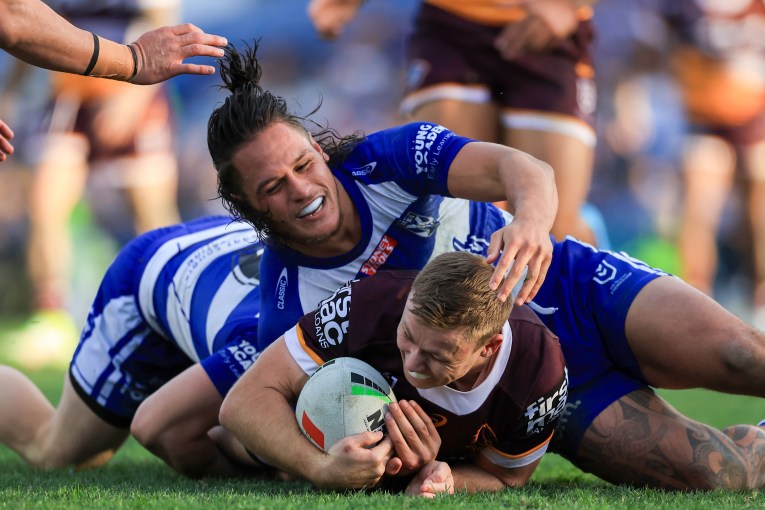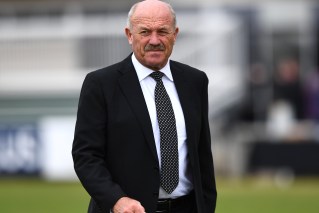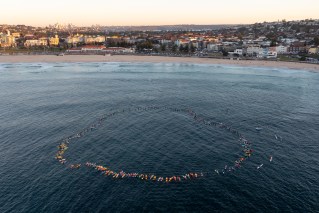Council ponders new Brisbane motorway as congestion costs soar
The cost of traffic congestion in Brisbane’s fast growing north west will almost triple to $7 billion within the next 20 years, according to just released traffic studies, building pressure on authorities to find solutions to ease the gridlock.


An artist's impression of what a new motorway through Brisbane's north west could look like. Photo: BCC
The figures come as the Brisbane City Council confirmed its business case for ways to ease congestion between Bald Hills and Toowong will include consideration of a new motorway or high-speed arterial road along a long-preserved corridor running from Stafford to Carseldine.
Other possible solutions the business case will examine include additional public transport capacity, new or extended busways and widening existing roads.
Among the key findings of the council’s strategic assessment of the North West Transport Network were that, unlike on Brisbane’s south side, the northside’s urban routes were not designed for the traffic volumes they are experiencing.
“While public transport could be a solution to reducing demand on the road network, it is not always a viable option due to a range of issues, resulting in reliance on private car trips,” it said.
“Ongoing development of new housing within and outside of the Brisbane local government area is placing further pressure on Brisbane’s north west transport network and worsening traffic congestion.”
The study found that travel demand to, from, within and though the region exceeds capacity, causing regular congestion of both the local road and rail network.
Projections using the latest version of the Queensland Government’s Brisbane Strategic Transport Model paint a picture of the congestion dramatically worsening unless solutions are found.
Under these scenarios, the travel time on the already choked Gateway Motorway between Kingsford Smith Drive and the Bruce Highway exit ramp will jump from an average 32 minutes to 54 minutes by 2041.
Over the same period, residents and business can expect extra vehicle trips from the Moreton Bay and Sunshine Coast areas into Brisbane to rise to 226,000 at each morning peak.
Public transport demand growth is expected to increase by 189 per cent for trains and by 36 per cent for buses.
“The yearly cost of excessive road congestion within the study area is projected to almost triple from 2021 to 2041, with a total economic cost estimated to be more than $7 billion,” the council’s strategic assessment states.
The projections assume that the Brisbane CBD will continue to be a major employment centre and the region’s population will almost double to more than 5.3 million.
The Federal Government has provided $10 million to pay for the business case, which will assess the costs and benefits of identified projects, recommend which projects should have priority and how they could be delivered.
“As it is unlikely that one solution will address all transport problems and objectives identified, a number of initiatives will be explored, developed and recommended through the business case process.,” the assessment report said.
“These range from finding better ways of using existing infrastructure to providing new infrastructure and services.”
A Brisbane City Council spokeswoman said consultation on the second stage of developing the business case would run until December 21.
“The community consultation will seek feedback on the type of transport infrastructure the community would like to see to reduce congestion in Brisbane’s north-west,” she said.
“We will use this consultation to develop a shortlist of recommendations to be included in the North West Transport Network Business Case that will be submitted to Infrastructure Australia for assessment by late 2021.”
The council says it will also take into account any changes in travel behaviour caused by the COVID-19 pandemic as it finalises the business case.
The North West Transport Corridor was first proposed in the 1960s as part of American engineer Wilbur S. Smith’s landmark Brisbane Transportation Study, the project responsible for the Riverside Expressway and Captain Cook Bridge.
That study recommended a north west freeway running from the CBD through the suburbs of Grange and Everton Park.
While the freeway plan was abandoned in the 1970s, a corridor was preserved and the eventual use to which it would be put has been the subject of debate and controversy ever since.
Various planning studies followed, including, in 2009, the then Labor government’s broader Western Brisbane Transport Network Strategy that suggested the corridor form part of an integrated road and high-frequency public transport connection.












